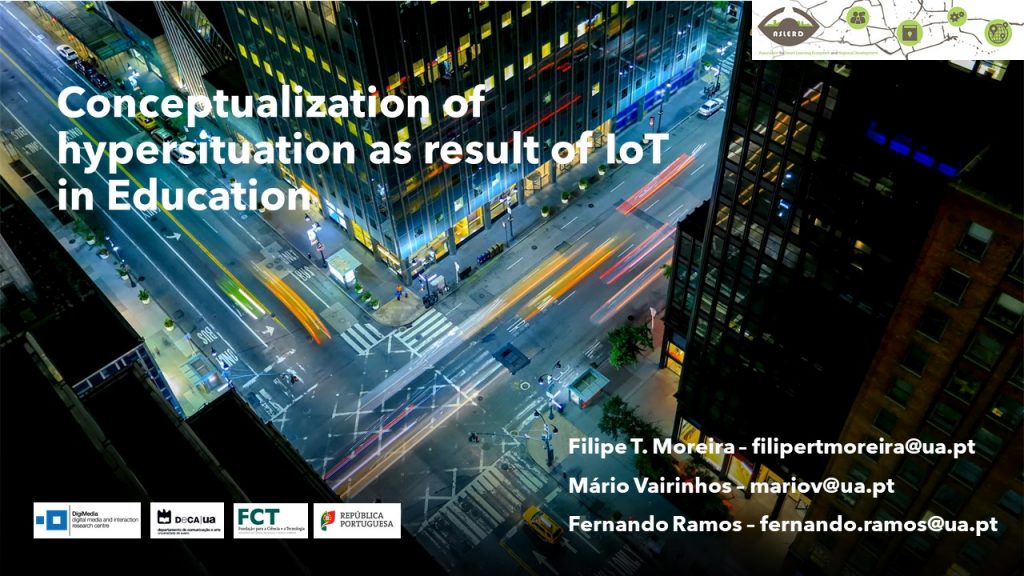
Existem diferentes plataformas que permitem o acesso a dados de sismos em tempo real. Uma dessas plataformas é a Quakes (http://quakes.globalincidentmap.com/#) que nos fornece dados sobre os sismos mais recentess. Este website indica a magnitude, localização, data/hora, profundidade a que ocorreu e ainda a fonte de onde são provenientes os dados.
Outra plataforma que nos permite aceder a dados de sismos em tempo real é a Earthquak3D (http://www.earthquake3d.com/), também conhecida por EQ3D. Esta plataforma, também de uso gratuito, fornece dados sobre os sismos, ocorridos nos últimos sete dias, como localização e magnitude. A visualização é mais cativante, uma vez que os sismos são marcados num globo tridimensional (imagem acima). No entanto, para aceder a mais dados é necessário instalar a versão completa do EQ3D.
Continuar a ler Sismos em tempo real